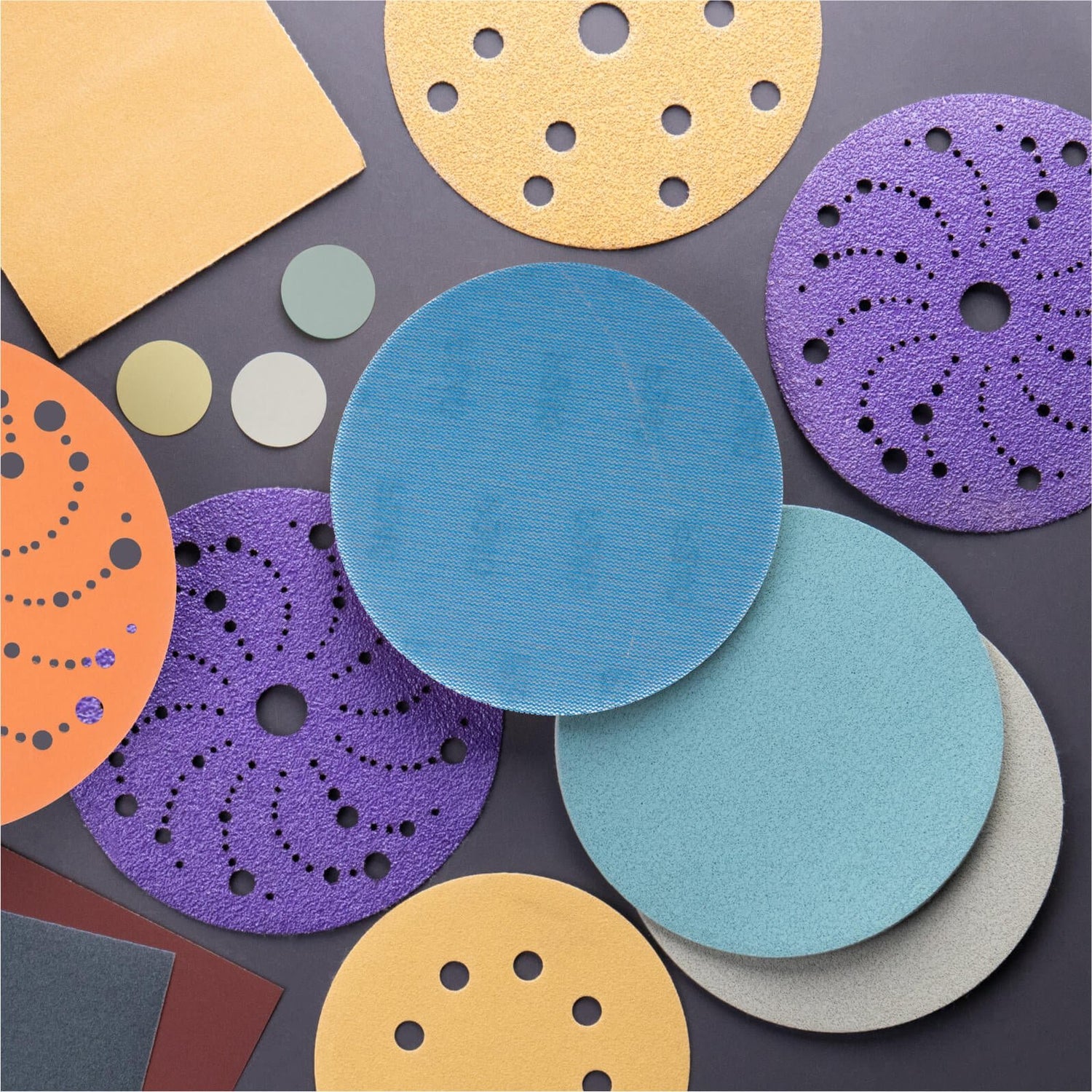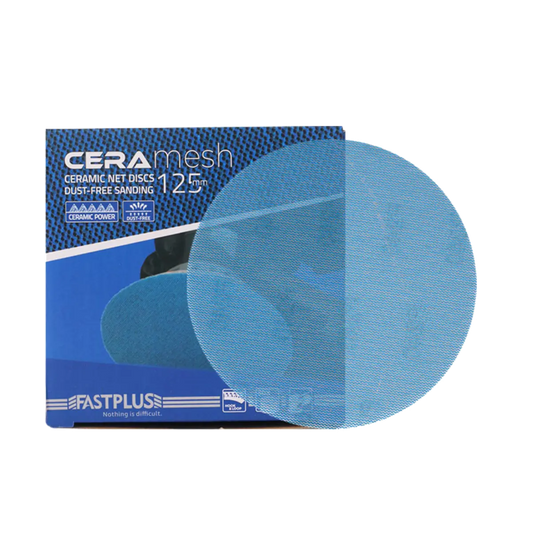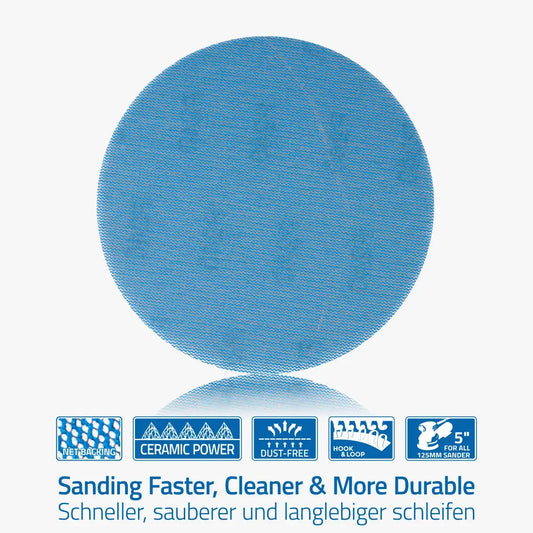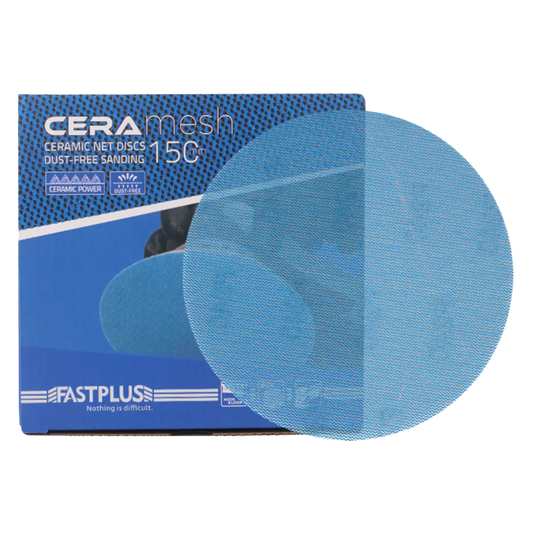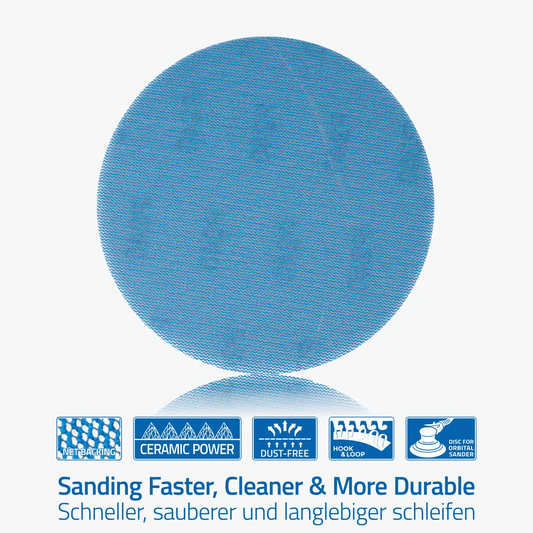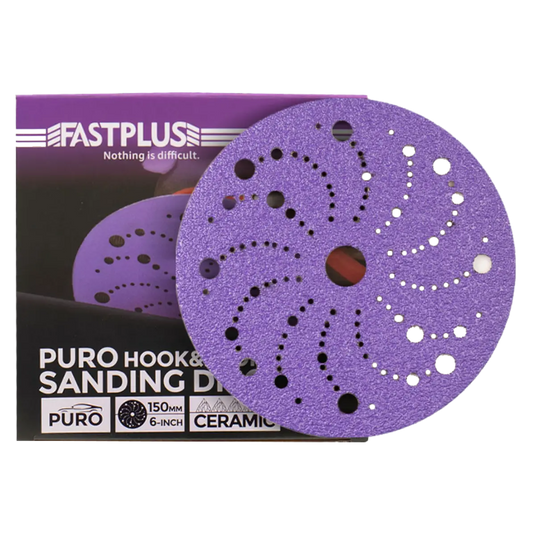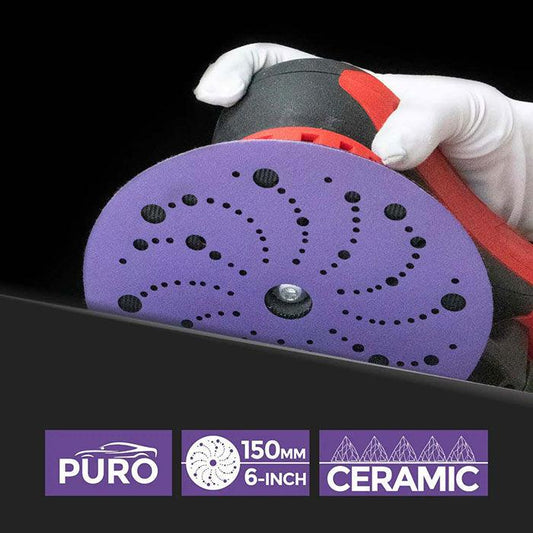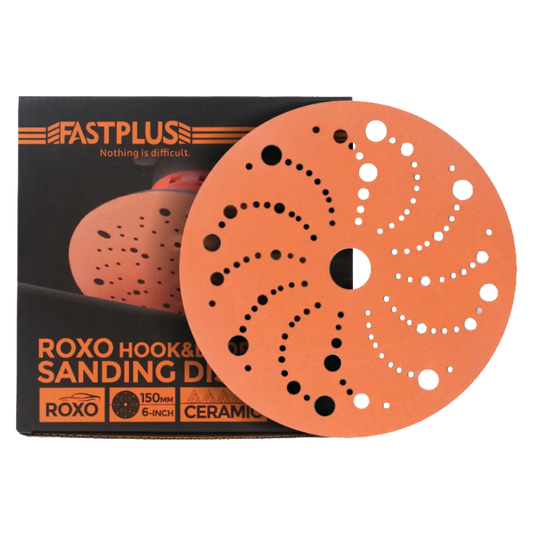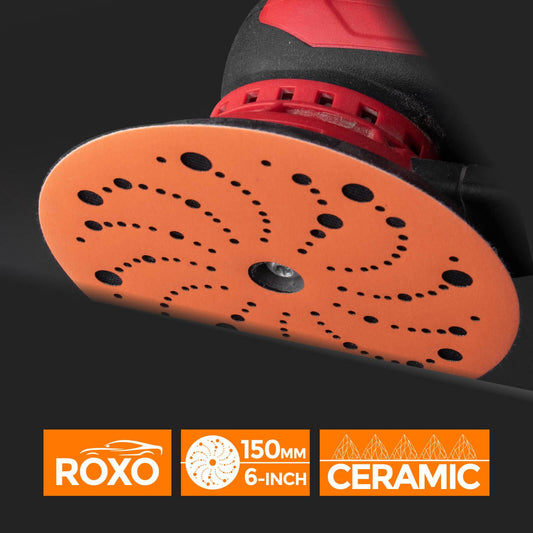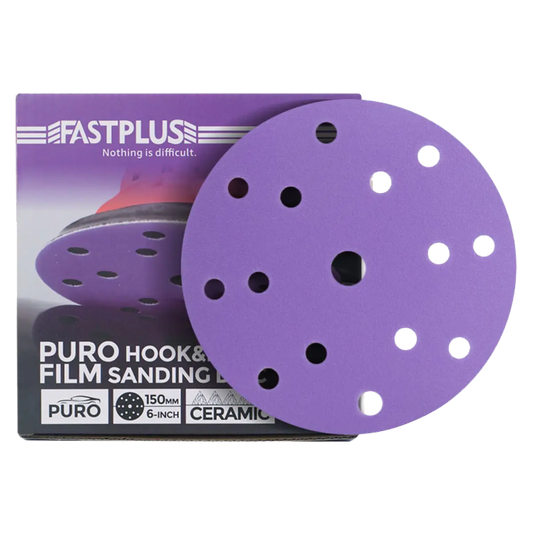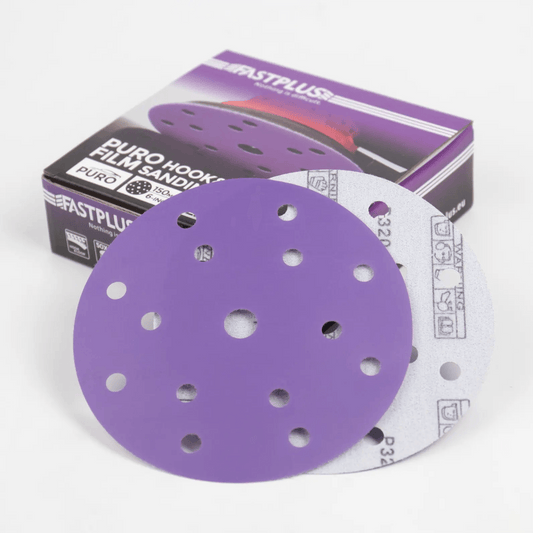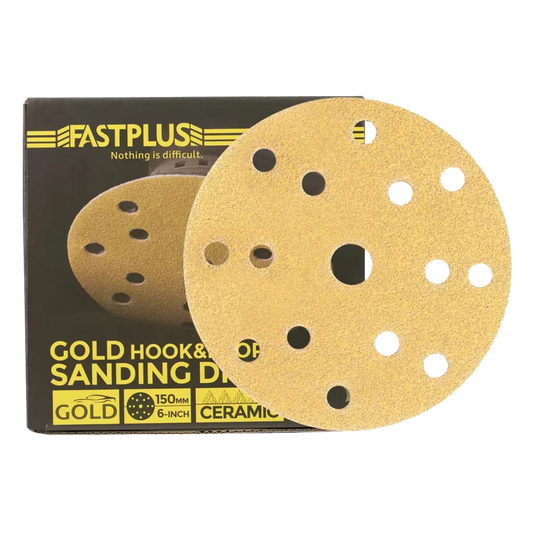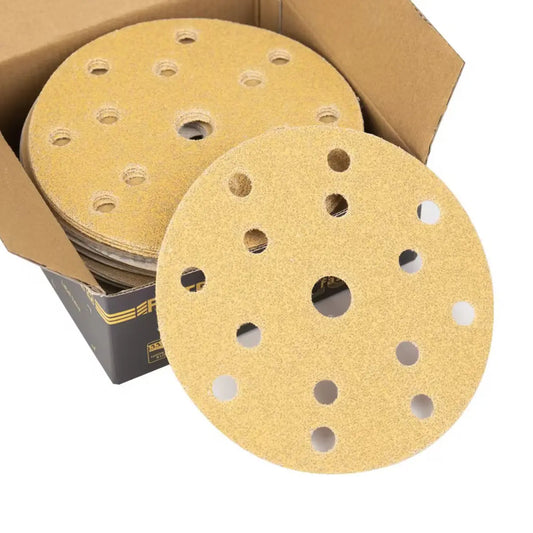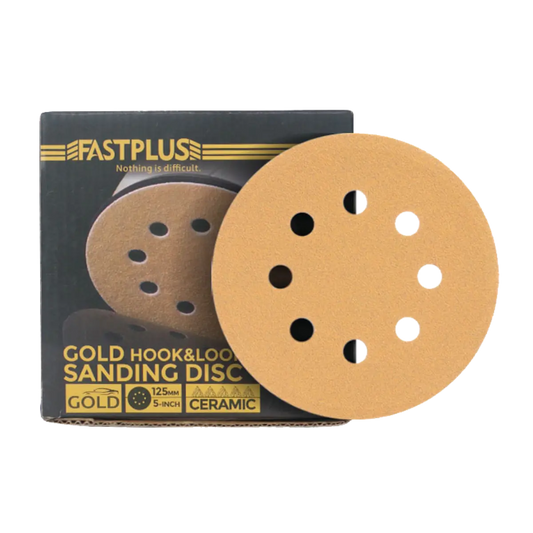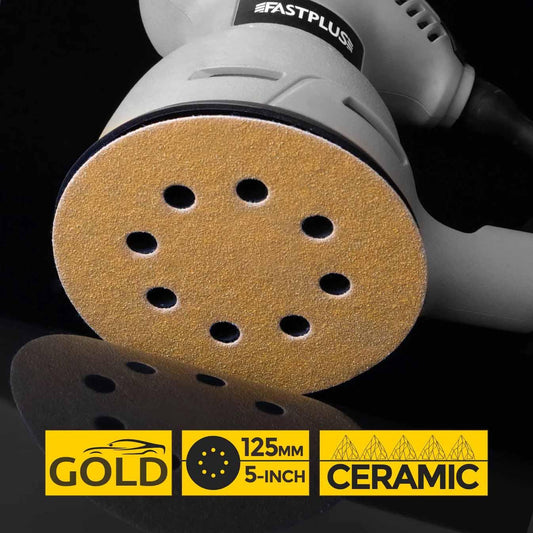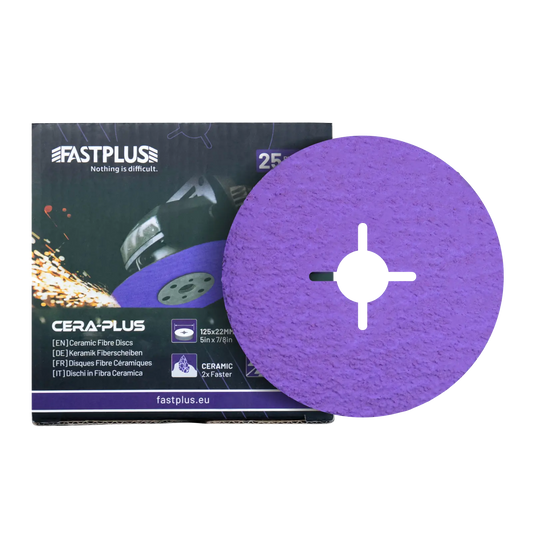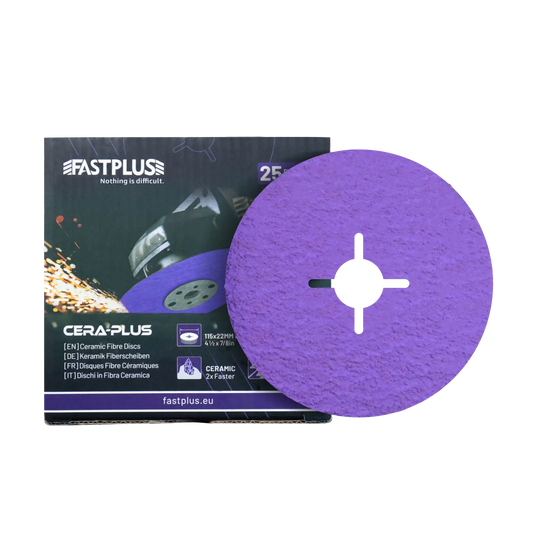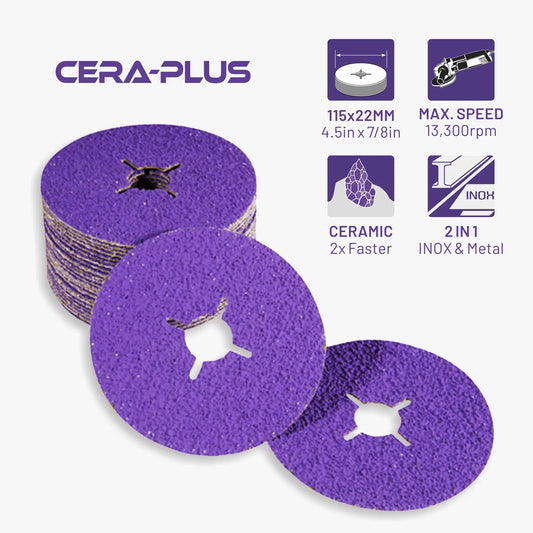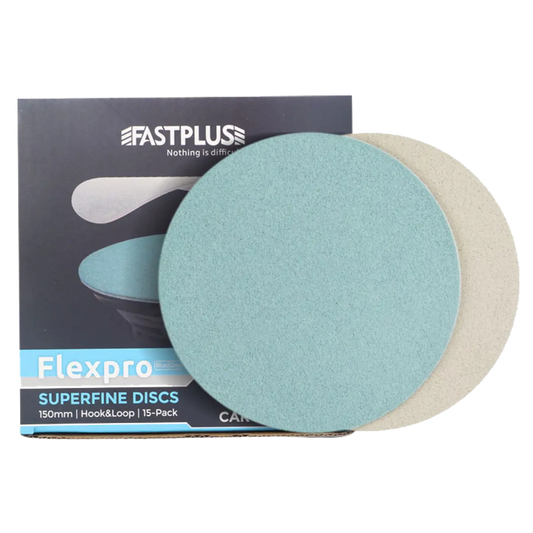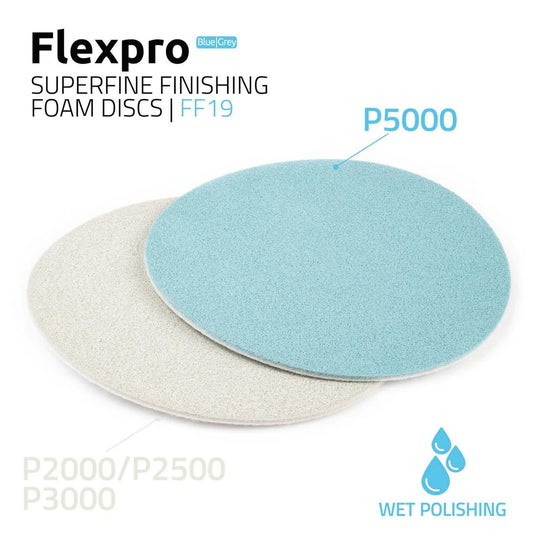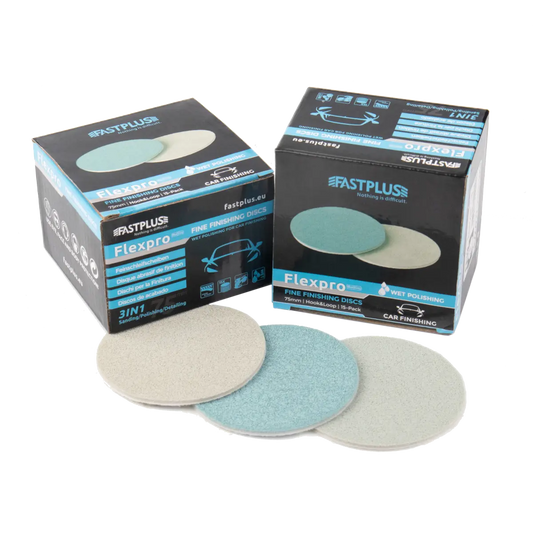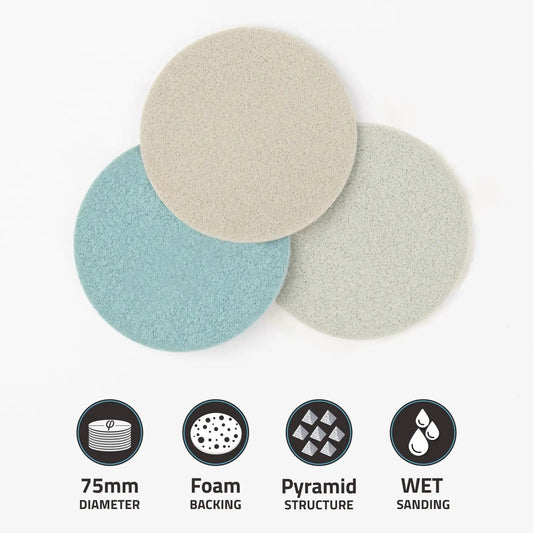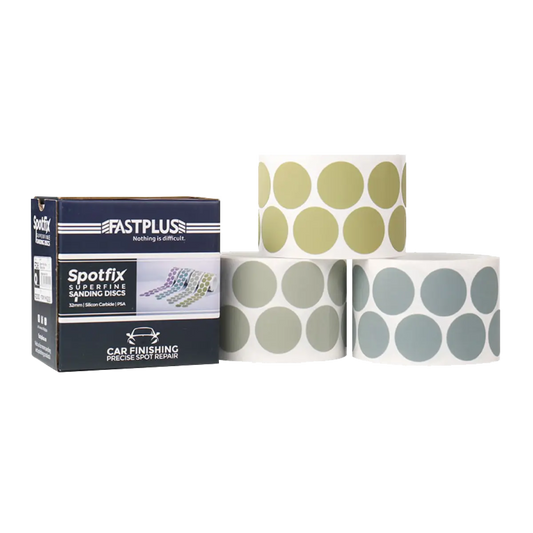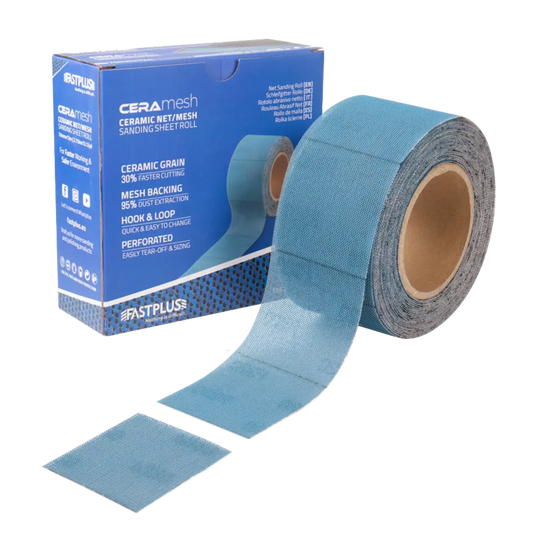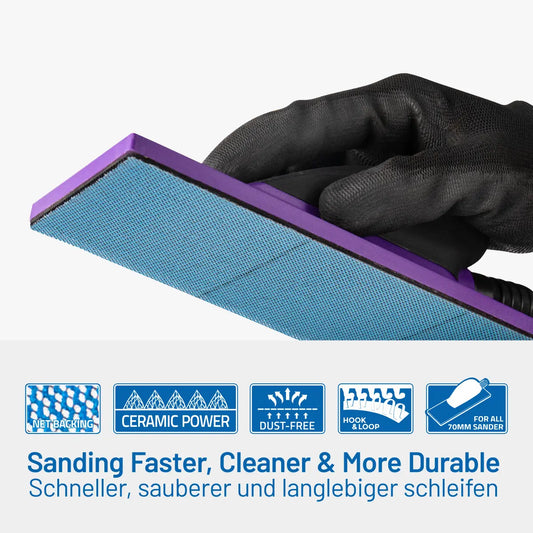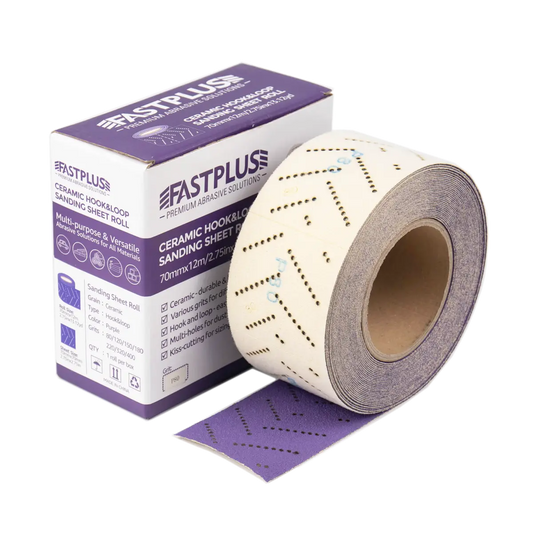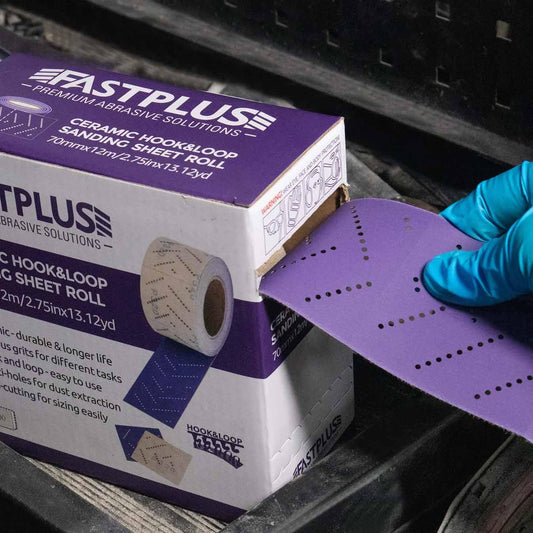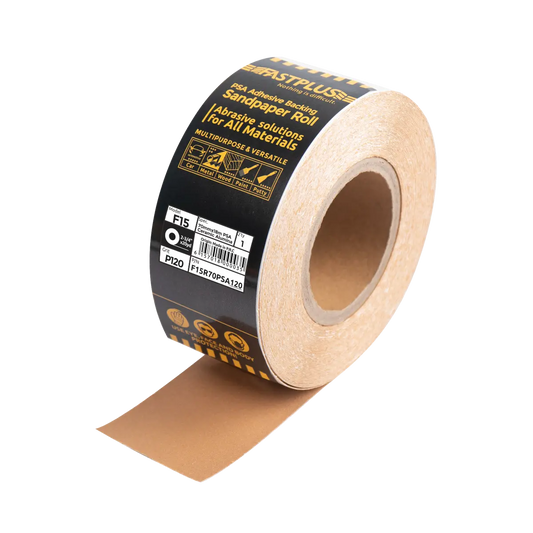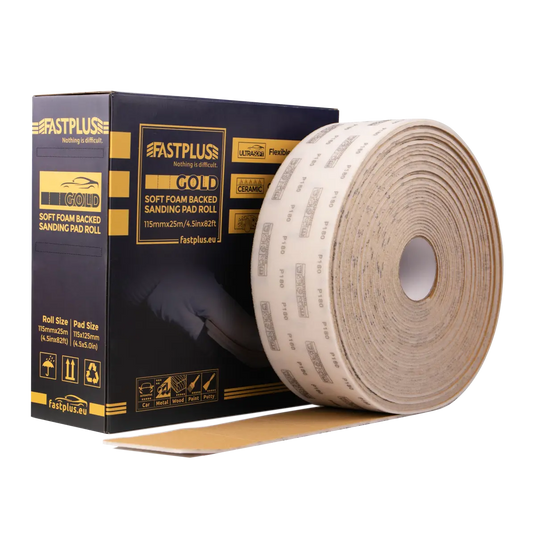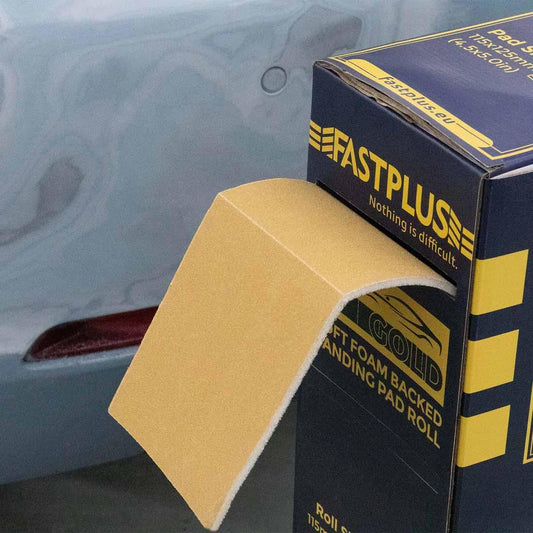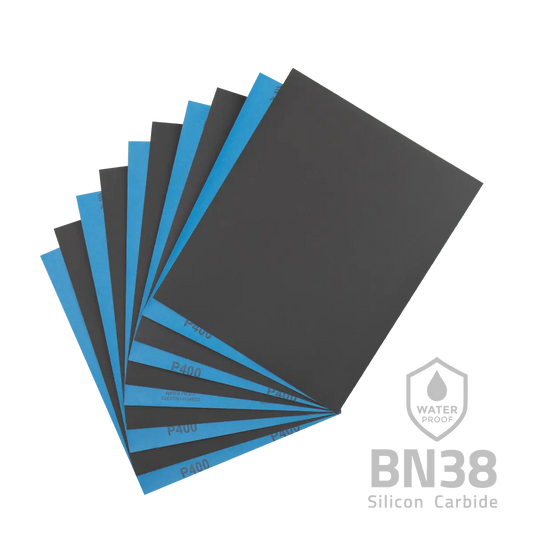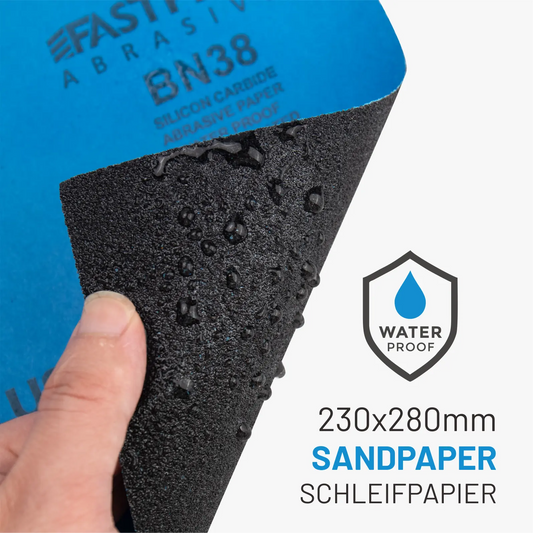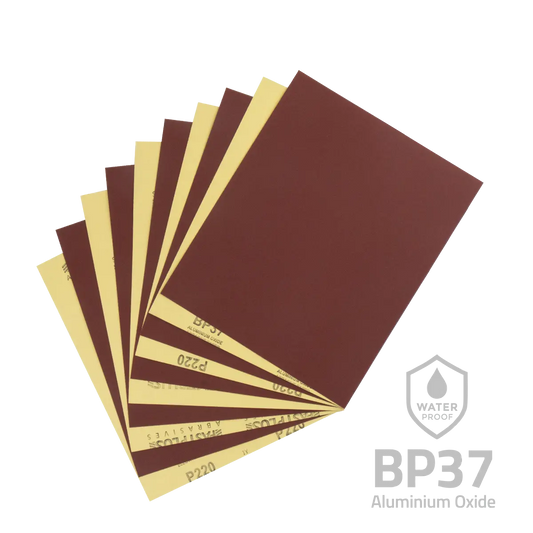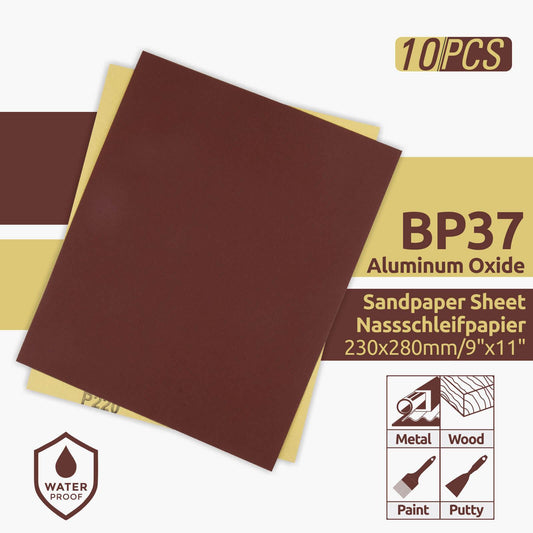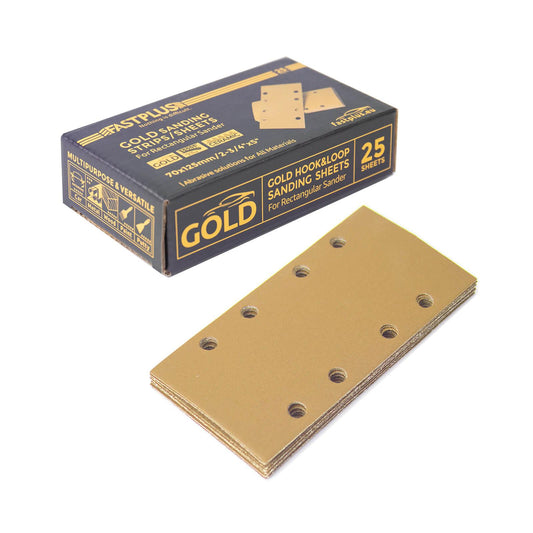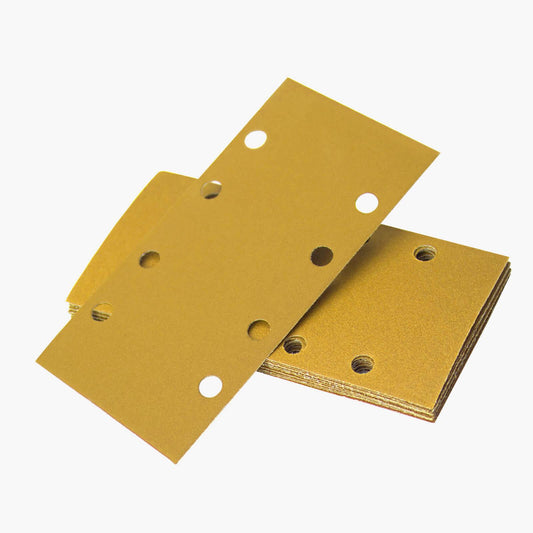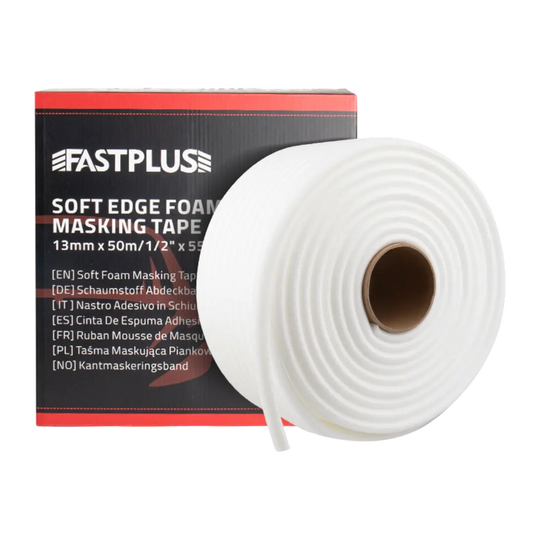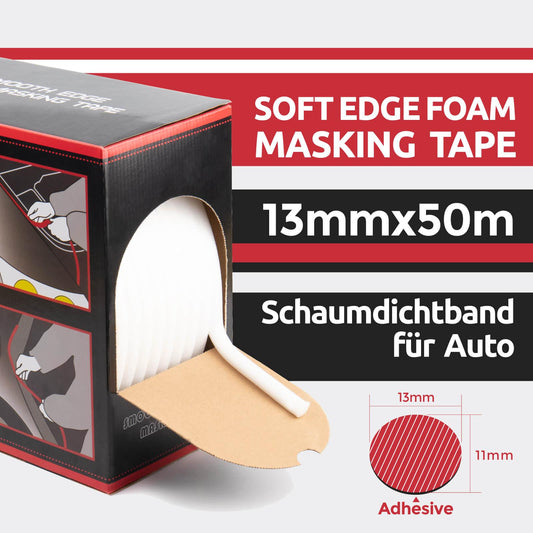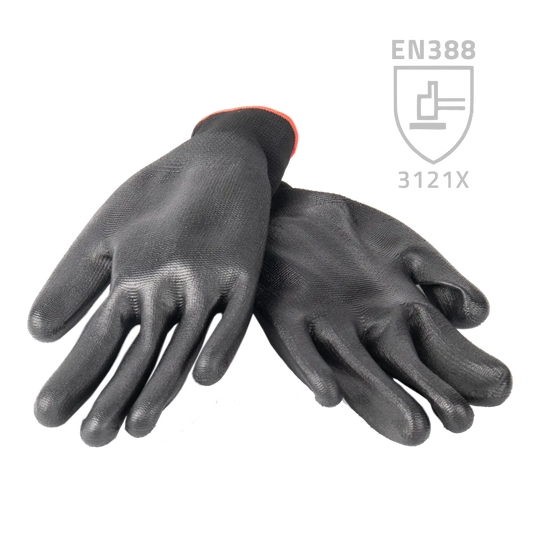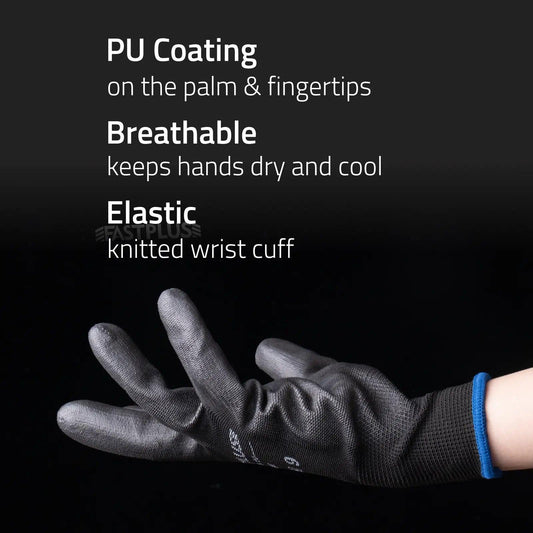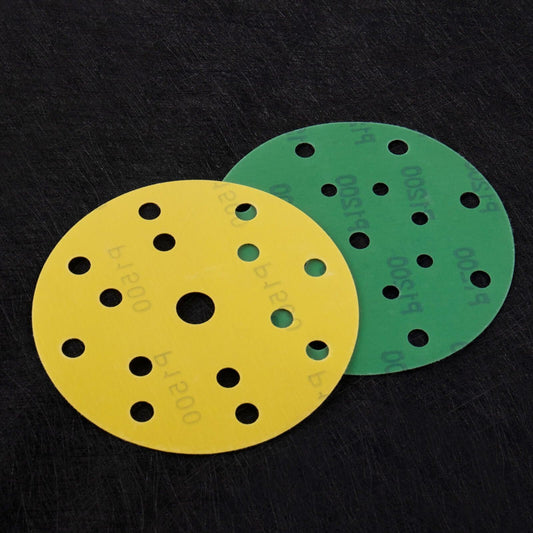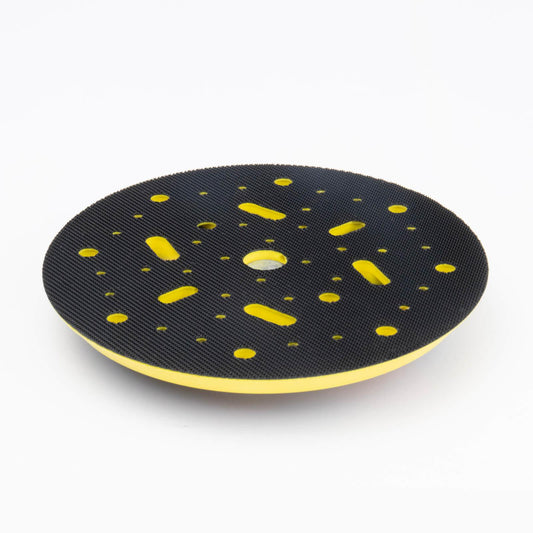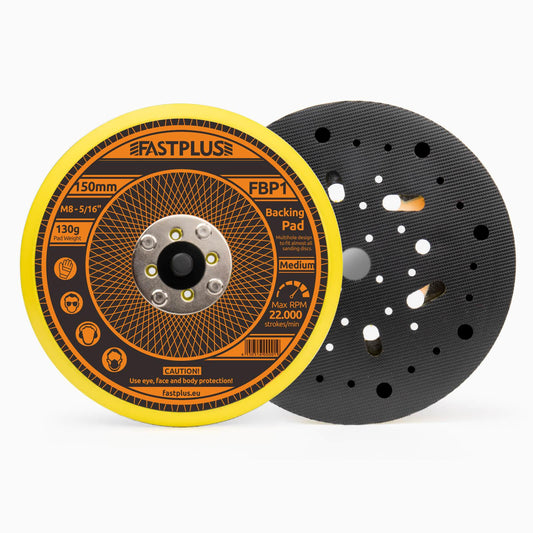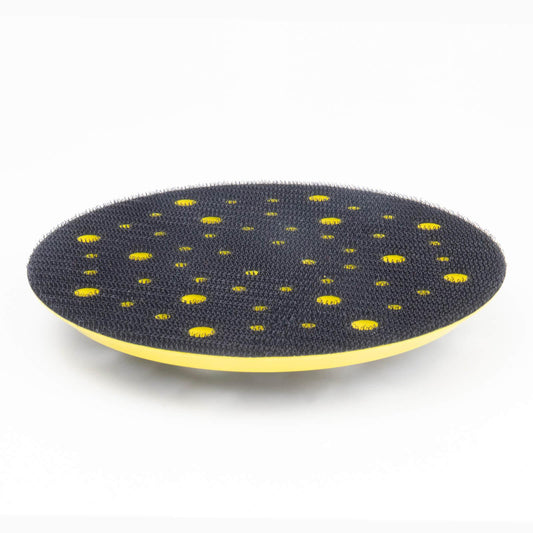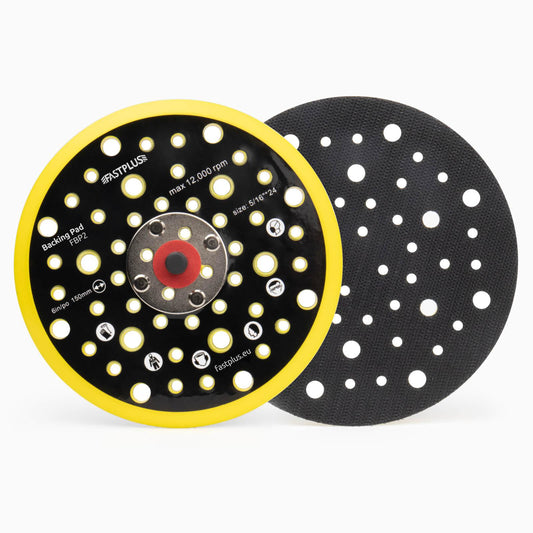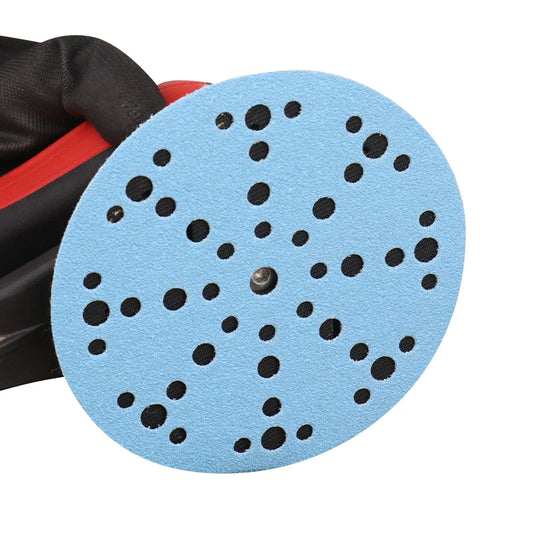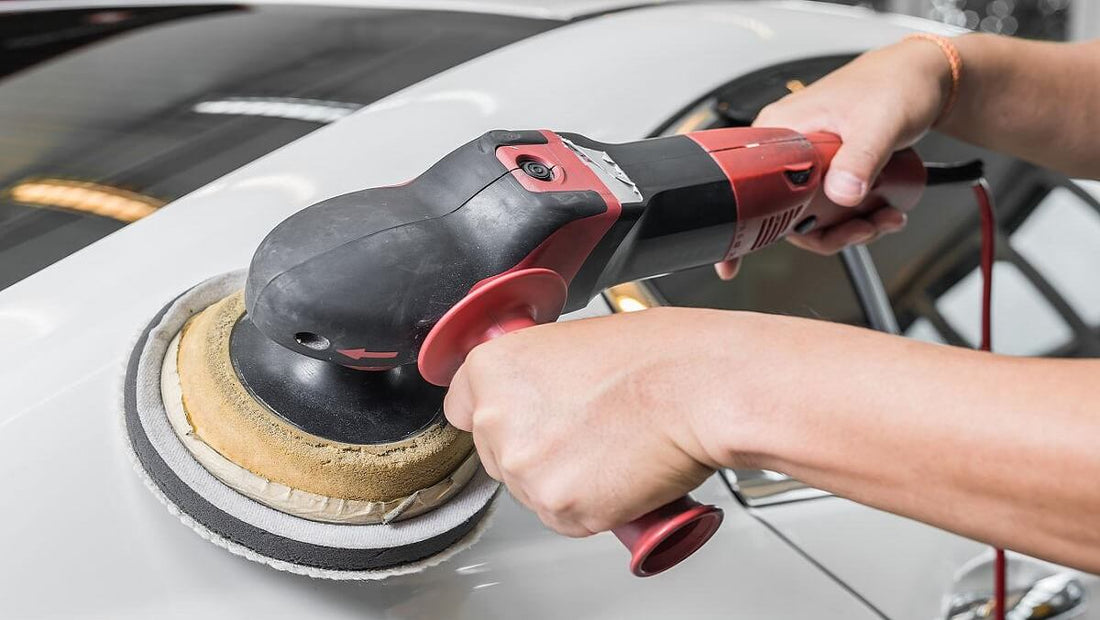
How to Identify and Correct Sanding Errors in Auto Painting?
Proper sanding is crucial for achieving a perfect and durable paint surface. However, whether you are a DIY car owner or an experienced painter, you may encounter some common sanding mistakes that can affect the final result. From uneven surfaces and scratches to paint leaks and over-sanding, these mistakes lurk within and can potentially damage the original paint texture. Failing to address these sanding errors promptly may lead to a series of issues such as defects, reduced adhesion, and premature paint failure. In preparing this article, we consulted professional auto body repair technicians, summarizing common polishing mistakes and their solutions, hoping to provide you with assistance.
Identifying Sanding Errors
Scratches:

Sanding scratches manifest as visible marks on the surface, varying in depth and visibility depending on the grit of the sandpaper used. Coarse grits (lower numbers) create deeper and more pronounced scratches, while finer grits (higher numbers) produce shallower and less noticeable marks. The pattern of scratches can vary from straight lines to circular or random patterns, depending on the sanding technique employed.
Sanding Burn:
Sanding burn occurs when excessive pressure or friction generates heat during sanding, leading to damage to the paint surface. Signs of sanding burn include a dull or discolored area, loss of gloss, and a rough texture. These indicators are often more pronounced in areas where the sanding was more aggressive or prolonged.
Sanding Through:
Sanding through the paint refers to removing layers of paint until the primer or bare metal is exposed. This is a severe error that compromises the integrity of the paint job. Visual cues for sanding through include the appearance of primer or bare metal, along with deeper scratches that penetrate beyond the paint layers. It requires immediate attention to prevent further damage and ensure proper surface preparation before repainting.
Uneven Sanding:
Uneven sanding results in irregularities in the surface texture, such as orange peel or inconsistent smoothness. It occurs due to factors like improper sanding technique, variations in pressure applied, and the use of worn-out sandpaper. These inconsistencies can be visually apparent, especially under certain lighting conditions, and may require additional sanding or leveling to achieve a uniform surface.
Dust Nibs:
Dust nibs are small bumps or imperfections on the painted surface caused by trapped sanding dust during the painting process. They often appear as tiny specks or irregularities in the finish. Dust nibs can result from improper cleaning of the surface before painting, the use of low-quality sandpaper that leaves residue, or inadequate drying time between sanding and painting. Preventing dust nibs requires thorough cleaning, high-quality sandpaper, and ensuring sufficient drying time between sanding and painting layers.
Over-Sanding:

Over-sanding occurs when too much material is removed from the surface during the sanding process, leading to thin spots in the paint or even exposing the underlying substrate. This error can result from excessive pressure, prolonged sanding, or using sandpaper with a grit that's too coarse. Signs of over-sanding include visibly thinner areas in the paint layer and deeper scratches that penetrate through multiple layers of paint. Addressing over-sanding involves carefully feathering the edges of the affected area to blend it with the surrounding paint and applying additional coats of primer and paint to build up the surface to the desired thickness.
Paint Bleeding:
Paint bleeding, also known as paint seepage or leaching, occurs when paint migrates into adjacent areas, creating visible discoloration or bleeding lines. This can happen when excess paint pools or flows into crevices, seams, or masked-off areas during painting. Factors contributing to paint bleeding include improper masking, excessive paint application, or using incompatible paint products. Visual cues for paint bleeding include blurred edges, color bleeding into adjacent areas, or visible paint lines where different colors meet. Correcting paint bleeding involves carefully removing excess paint with a fine-grit sandpaper or razor blade, ensuring proper masking techniques to prevent overspray, and applying additional coats of paint as needed to achieve a seamless finish.
Correcting Sanding Errors
Scratches:
To effectively address scratches, it's crucial to select the right grit sandpaper tailored to their depth and intensity. For minor surface imperfections, opt for a finer grit range like 800-1000, gently blending them into the surrounding area for seamless results. Conversely, deeper scratches require a coarser grit, typically in the range of 400-600, to level the surface before transitioning to finer grits. Employing the wet sanding method proves highly efficient in scratch removal, preventing the formation of new blemishes. Begin by soaking the sandpaper to soften it, then delicately sand the affected area in circular motions. Once you've regularly rinsed the surface to clear away debris and monitored your progress, it's time to apply a polishing compound using a clean cloth or pad. This step effectively eliminates any residual sanding marks and restores the surface's luster.
Sanding Burn:
Severe cases of sanding burn may require professional repair to properly address the damage. However, for milder instances, you can attempt DIY repair using a high grit sandpaper (e.g., 1500-2000) with careful hand sanding. Take care to apply minimal pressure and avoid generating excess heat to prevent further damage to the paint surface. It's essential to recognize the limitations of DIY repair and seek professional assistance for significant sanding burns, as attempting to fix it yourself may exacerbate the issue and result in costly repairs.
Sanding Through:
When sanding through to the primer or metal, it's crucial to seek professional repair to ensure proper restoration of the damaged area. DIY attempts to fix sanded-through areas can lead to complications such as rust formation and compromised paint adhesion. Professional repair typically involves feathering the edges of the sanded-through area, filling any exposed metal or primer with body filler, priming the repaired area, and recoating with paint to match the surrounding finish.
Uneven Sanding:
To correct uneven sanding, use a sanding block or orbital sander to achieve a more consistent finish. Apply even pressure and maintain a consistent sanding direction to avoid creating further irregularities. Switch to finer grit sandpaper (e.g., 1200-2000) to further smooth out any remaining unevenness and achieve a uniform surface texture.
Dust Nibs:
Prevent dust nibs by thoroughly cleaning the surface before and after sanding to remove any dust particles. Use a tack cloth or compressed air to eliminate residual dust and ensure a clean working environment. For existing dust nibs, lightly sand the affected area with a high grit soft foam sanding disc (e.g., 2000+) to smooth out the imperfections. Alternatively, consider using claying or polishing compounds as alternative methods for removing dust nibs and achieving a flawless finish.
Over-Sanding:
If you've encountered over-sanding, where excessive material has been removed from the surface, corrective action is necessary to restore the integrity of the paint job. Begin by assessing the extent of the damage and determining the appropriate course of action. In cases of minor over-sanding, you can attempt to feather the edges of the affected area using a fine-grit sandpaper (e.g., 1500-2000) to blend it with the surrounding paint. Take care to apply light pressure and avoid removing more material than necessary. However, for more severe instances of over-sanding, professional intervention may be required to properly address the issue and ensure an optimal outcome.
Paint Bleeding:
Paint bleeding occurs when paint migrates into adjacent areas, resulting in visible discoloration or bleeding lines. To correct paint bleeding, start by carefully assessing the affected areas and identifying the source of the bleeding. If the bleeding is localized, you can attempt to carefully sand the affected area with a fine-grit sandpaper (e.g., 1500-2000) to remove excess paint and restore the desired finish. Take caution to avoid sanding too aggressively, as this may worsen the issue or damage the surrounding paint. For more extensive or persistent cases of paint bleeding, consider seeking professional assistance to properly address the problem and ensure a satisfactory resolution.
Conclusion
The common sanding mistakes and solutions summarized in this article give us an insight into the importance of sanding techniques during the automotive painting process. Professional advice and technical guidance help us to avoid problems such as uneven surfaces, scratches, and paint bleed to ensure the quality of the final paint finish. With a precise sanding process, we are able to achieve a long-lasting, durable, high-quality car paint finish that enhances the appearance and value of the vehicle.
Buy Factory-Direct Fastplus Abrasives
Want to purchase high-quality, factory-direct sanding discs, sanding sheet rolls, and film abrasive discs for automotive applications? Try Fastplus Abrasives today and place your orders online!
